The folks at [ElectroSmash] recently released 1Wamp – a one watt, open hardware, Guitar amplifier packed with features. It consists of a JFET based pre-amplifier, a Big Muff Pi a.k.a BMP based Tone control and an LM386 power amplifier. The dual JFET pre-amp provides tube-like sound, the BMP provides a nice tonal range while the LM386 can drive various types of output’s ranging from headphones to speaker cabinets.
1Wamp had controls for Tone, Volume and Gain, a Speaker/Cabinet output, a headphone output with an integrated attenuator switch and an aux. input. The aux. input is handy as it adds any line level input signal to the guitar sound, allowing you to practice with metronome or MP3 backing tracks or drum bases. It runs off either a 9V battery or can be powered via an external power source. [ElectroSmash] have released all the native KiCad design files. If you’d like a quick look at the design, check out the Schematic PDF and the Bill of Materials. There’s also a handy assembly manual [PDF] that shows how to build it in five easy steps.
Their blog post provides extremely detailed circuit analysis of every part of the design, starting from the power supply filter to remove mains “hum” all the way through to PCB layout considerations for noise reduction. Oscilloscope screen shots provide signal analysis showing bias points and signal levels throughout the circuit. The choice of value for every component is explained, along with the consequences of changing those values. This makes it easy to customise the 1Wamp to suit individual tastes. We also noticed SPICE models for the recommended and alternative JFET transistors, in case you need to customise the design by changing component values.
There’s also a lot of audio amplifier trivia, references and links shared in their post. This includes a detailed analysis of the LM386 op-amp. Want to add some bling to your 1Wamp build? There are a lot of handy tips on how to add cool LED lighting to the amplifier if it is mounted in a standard metal enclosure. However, the PCB has some really nice graphics, so an acrylic-sandwich-type enclosures look best. Check out the video that walks through the features of the 1Wamp and shows off its performance. And while on the subject of Audio electronics, here’s one of their earlier projects – an open source Arduino guitar pedal.
Documentation to this level proves several things, most notably a love for this design and deep consideration for those who will use and modify this amplifier. It’s a great pattern to follow with your own Open Source designs.

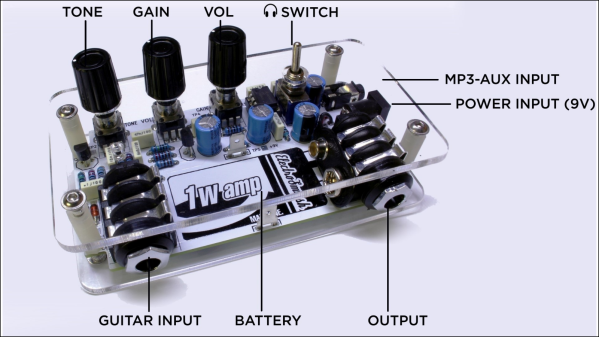
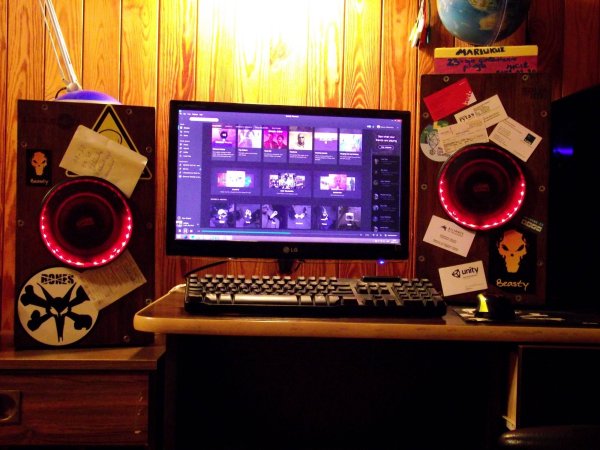

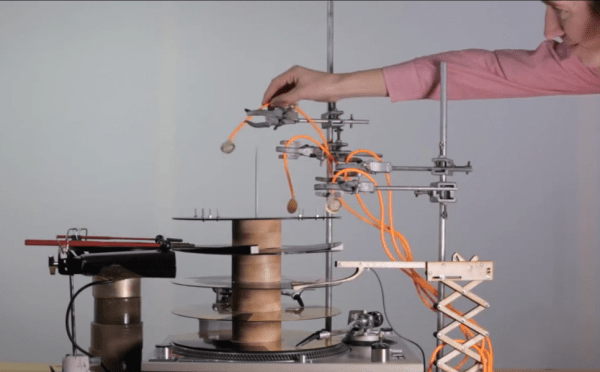
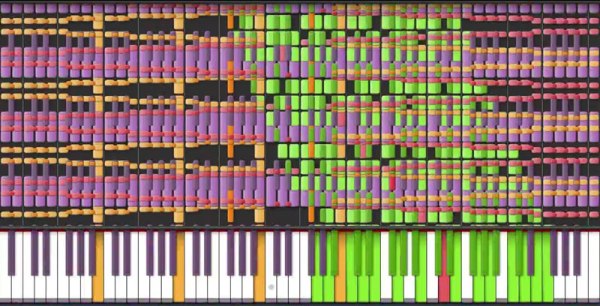
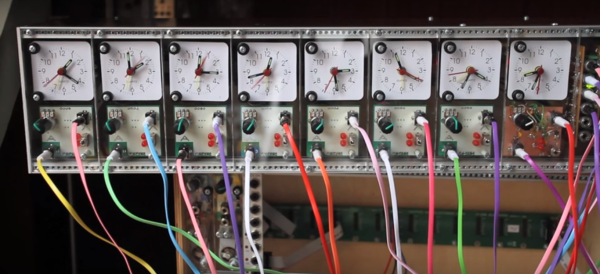

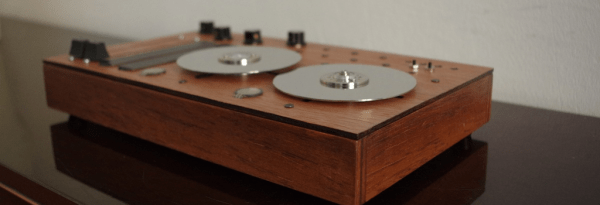
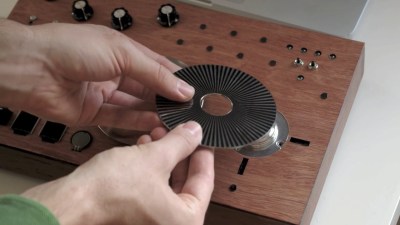 From what we can see, the box has two potentiometer sliders, two touch-sensitive potentiometers, two force sensitive resistors, a slew of knobs, and a whole bunch of (capacitive?) touch points. In short, a ton of continuous controllers of all sizes and shapes in an aesthetic case. But stealing the show, and giving the device its name, are two platters from old hard drives that serve as jog wheels.
From what we can see, the box has two potentiometer sliders, two touch-sensitive potentiometers, two force sensitive resistors, a slew of knobs, and a whole bunch of (capacitive?) touch points. In short, a ton of continuous controllers of all sizes and shapes in an aesthetic case. But stealing the show, and giving the device its name, are two platters from old hard drives that serve as jog wheels.









